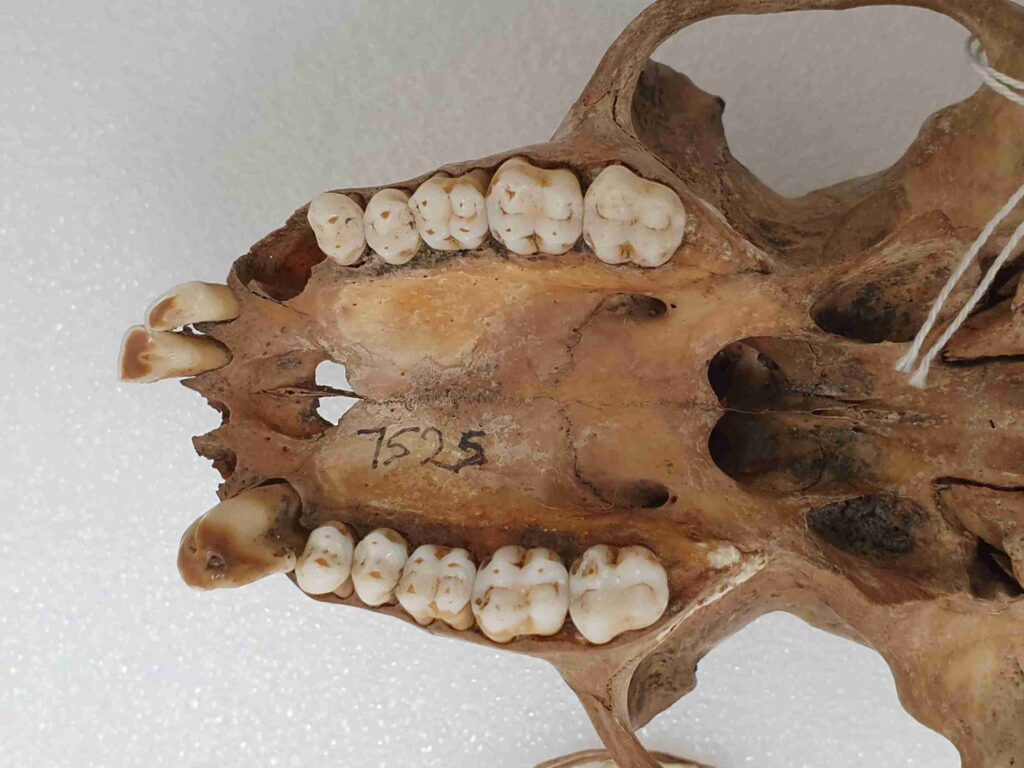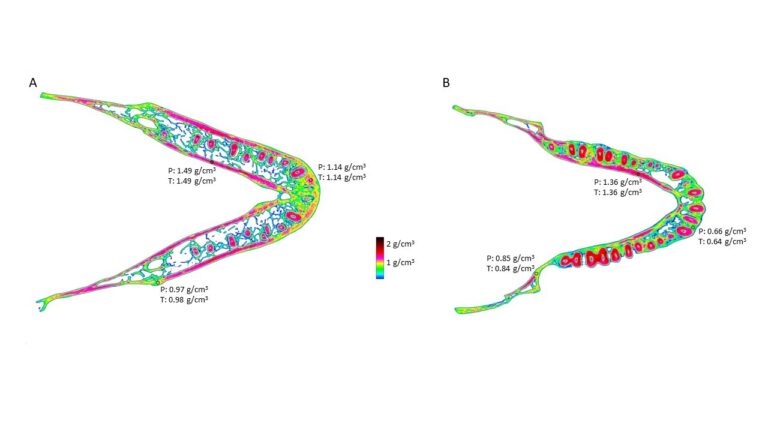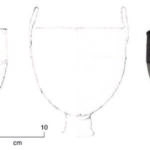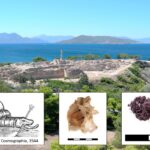A new microcomputed tomography method uses teeth to unlock bone secrets
The CENIEH leads a study that proposes a new method to calibrate exploration with microcomputed tomography (MicroCT) using dental tissue, that will enable analysis of bone pathology and the variation of mineral density in archaeological, osteological and laboratory investigations.

Ian Towle, a researcher at the Centro Nacional de Investigación sobre la Evolución Humana (CENIEH), is the lead author of an open-access study published in the American Journal of Biological Anthropology which proposes a new method for calibrating explorations with microcomputed tomography (MicroCT) using dental tissue. This innovative approach, known as “phantomless calibration”, will allow the analysis of bone pathology and mineral density variation in archaeological, osteological, and laboratory-based research.
The research demonstrates that dental tissue (enamel and dentine) mineral density values from cheek teeth (molars) can serve as a consistent internal calibration reference. The findings reveal minimal variation across different molar types and scanning settings, suggesting this is a reliable method for calibrating MicroCT scans for bone studies.
This means reliable data on bone mineral density can be collected directly from scans, crucial in studies looking at bone disease progression or simply normal variation relating to differences in activities or behaviours.
“Moreover, this method is effective across a wide range of other primate species and could be applied to other mammal species, highlighting its potential usefulness in evolutionary, pathology, and conservation studies,” says Towle, who is attached to the European project Tied2Teeth led by Leslea Hlusko.
Retrospective applicability
A significant advantage of this new technique is its retrospective applicability to existing MicroCT scans, which would make it possible to calibrate a vast archive of previously collected data in osteological and archaeological collections.
By applying the new phantomless calibration method to this existing MicroCT scans, researchers could generate a great volume of new data without re-scanning specimens. In particular, this will be a useful tool in archaeological contexts, in which bone disease can be assessed directly from existing scans.
“Our research provides a new calibration method for MicroCT scans, and will enable the study of a vast archive of previously collected scans for variation in bone mineral concentration,” explains Towle.

For her part, Hlusko, a co-author of this paper, adds:
“Teeth, with their high mineral content and minimal changes throughout life, are an exceptional resource in various research settings. This study underscores yet another application of the dentition in osteological and archaeological research.”
This work is part of the European Research Council’s ‘Tied2Teeth’ project at the CENIEH, in which the evolution of teeth is explored from a pleiotropy perspective – when one gene influences multiple anatomical structures simultaneously. This includes innovative new methods for creating large data sets on teeth and bone.
Press release from Centro Nacional de Investigación sobre la Evolución Humana – CENIEH



